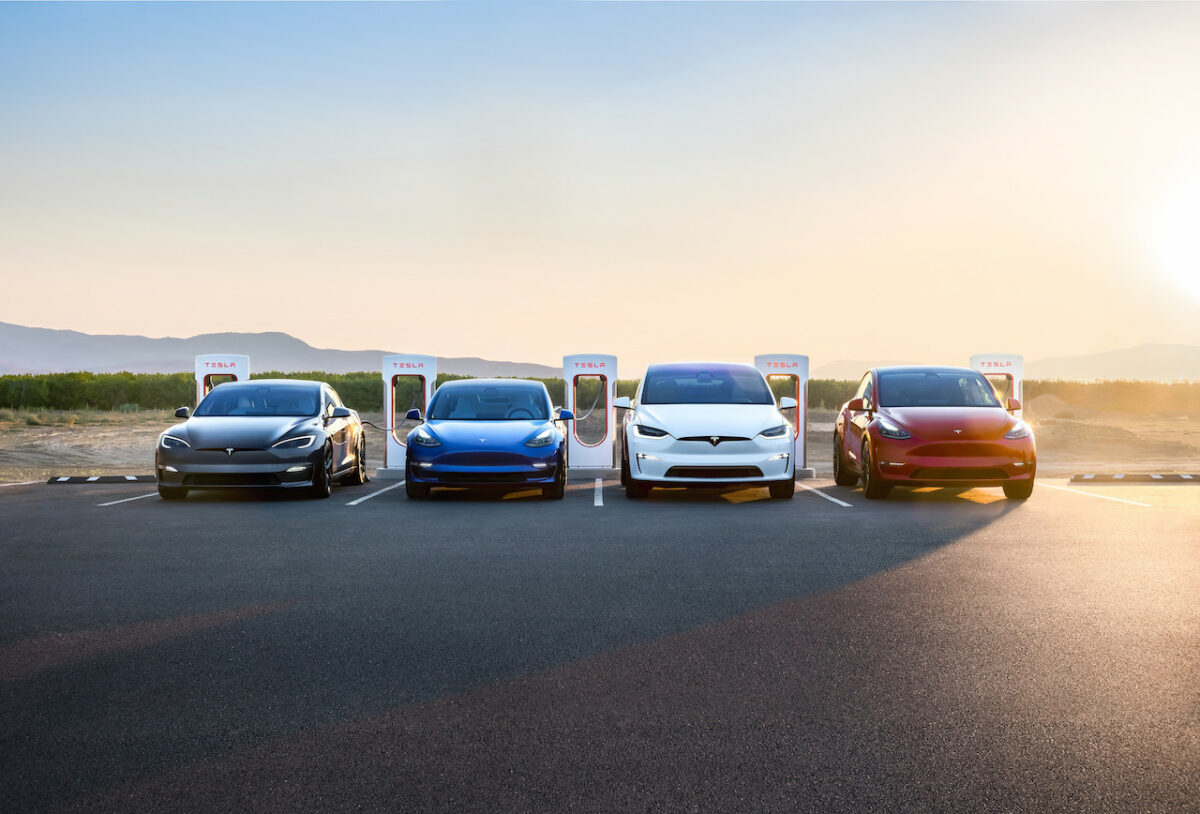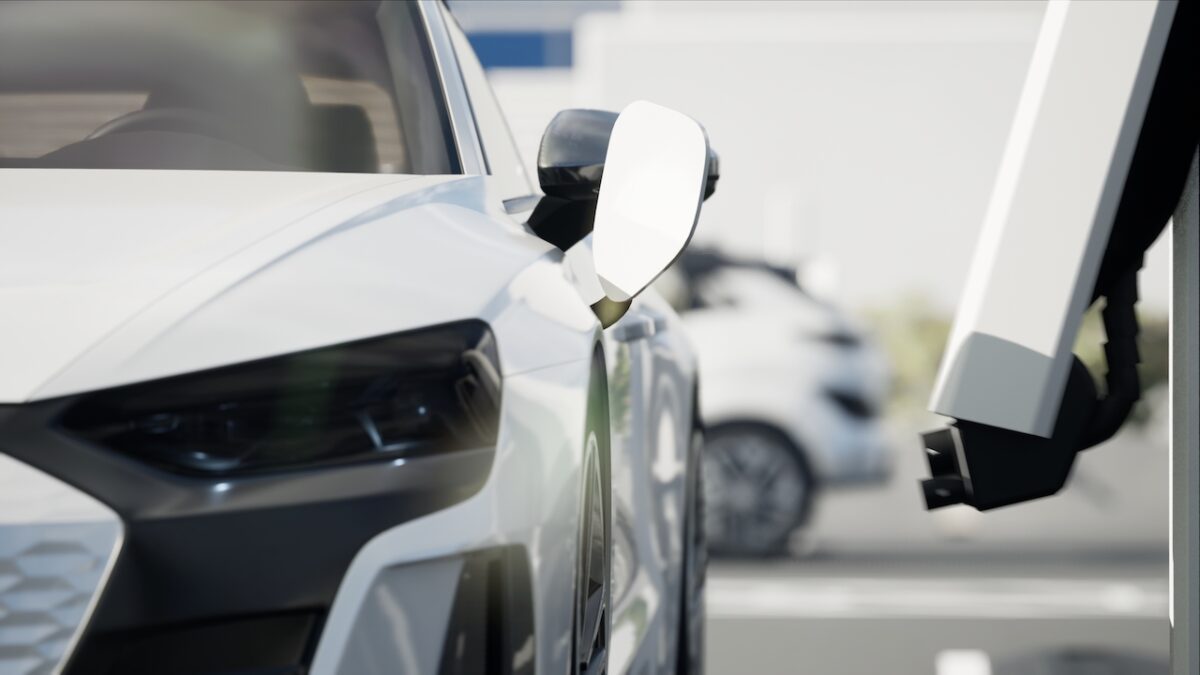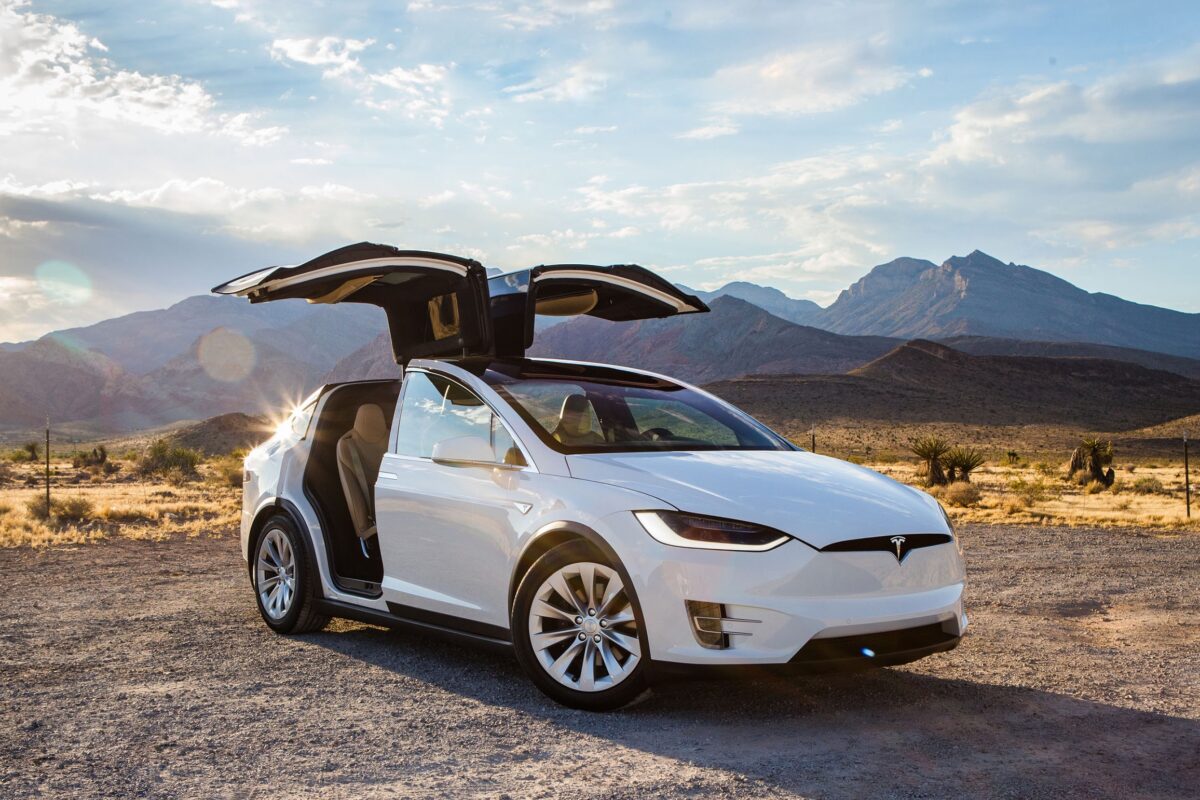The micromobility sector is booming, car-sharing is gradually becoming more accepted and many travellers now depend on ride-hailing for their daily transportation. However, is this all just a fad, or will it become the new normal?
With this in mind, Mobility as a Service (MaaS) was a key topic at the future-focussed M:bility | California conference, a two-day event hosted by Automotive World. As things stand, automakers are either trying to fit in with the above trends, or are actively disrupting the market themselves.
“The current business models fall into the following categories: sell more vehicles to mobility services, or utilise mobility services to show off specific models to entice consumers to buy those vehicles,” explained Mo Al-Bodour, Senior Connected Car Specialist at SBD Automotive. “But launching a mobility service could also be an exciting way to create new revenue streams.”
Micromobility
The likes of e-scooters and shared bicycles have become extremely popular, but are they the ideal candidates for a shared vehicle service?
“It is very clear that they are far and away more popular in terms of users, and have more vehicles deployed than any other ‘new’ mobility service,” said Michael Keating, Founder & President, Scoot Networks. “The number of shared e-scooters and bicycles radically eclipses the number of shared cars. From a vehicle sharing perspective, the smaller the vehicle is, the more it is used.”
Launching a mobility service could be an exciting way to create new revenue streams
“You could say that micromobility is the best option for customer acquisition,” added Alex Thibault, Vice President and General Manager, North America, Vulog. “The customer acquisition cost for these scooters is far lower.” One scooter service in Belgium, of which Vulog provides the underlying service platform, recently went multi-modal—adding cars and mopeds. During the sign up process for new customers, getting hold of an e-scooter takes little more than three clicks on a screen. Signing up to use a car is a whole different ball game. “With car-sharing, you are adding so many more stages—even just adding your driving license takes significantly longer. The customer drop-off rate gets progressively higher each time there are more things requested of the customer.”
However, it is not plain sailing for the scooter sector. “With free-floating services, you have a US$1,000 scooter sitting there. It will get stolen within a week—if it last a week,” said Patrick Muggler, Product Manager at Continental.
Car-sharing
While micromobility is proving a solid entry point to the MaaS market, the car-sharing space should not be avoided. If expectations for fleets of robotaxis do come to fruition, well-established and finely tuned services will need to be in place.
“The experience we are able to gain through owning fleets of shared vehicles and learning how to service them gives companies that do that today a leg up compared to those that may jump in whenever autonomous vehicles come out,” said Mark Thomas, Vice President of Marketing, Ridecell. This scenario, he added, is the “pot of gold at the end of the rainbow.”
There are higher barriers to entry for car-sharing, but profitability is also “really tough” for any shared mobility service. The average lifespan for a fleet of scooters deployed by a new entrant is around 28 days, advised Thomas.
You could say that micromobility is the best option for customer acquisition
There are also seasonal demands to take into account. “You won’t see people on scooters around Finland in January with six feet of snow,” noted Muggler. “In that case, you use ride-hailing. By comparison, e-scooters here in San Jose make total sense due to the congestion. It is the fastest mode of transportation here, but it depends where you live.”
Threatening the status quo
While new revenue streams are always attractive, that extra cash flow would ideally not drown out the existing core business. The risk of cannibalising new vehicle sales by launching shared vehicle fleets has been well discussed, but there may also be similar risks within the MaaS space as a whole.
Specifically, Al-Bodour suggested that peer-to-peer (P2P) car-sharing could potentially pose a threat to other vehicle sharing services. Continental’s Muggler agreed that given the ease of access and relatively low cost involved, they have proven particularly attractive in gaining access to a car for a short period of time. With the likes of Turo allowing thousands of users to essentially run their own bespoke car-sharing services, large operators do face a challenge in making headway.
You won’t see people on scooters around Finland in January with six feet of snow
Others aren’t so sure, and particularly when it comes to a point where such vehicles are capable of driving themselves. This is one business model that Elon Musk has touted as a means for Tesla owners to make money from the cars that sit on their drive, although many believe it is simply a means of encouraging new buyers to pay for an expensive add-on before the feature is even released.
“I don’t necessarily see people buying autonomous vehicles and then putting them into these P2P style networks in the future,” said Ridecell’s Thomas.
Ultimately, the panel agreed that automakers face an identity crisis. “Car makers really need to take a look at themselves and decide what their future role will be in the industry,” said Al-Bodour. “Do they want to sell cars, manufacture cars, develop an autonomous platform or simply sell the services? This is a key question for the future.”



